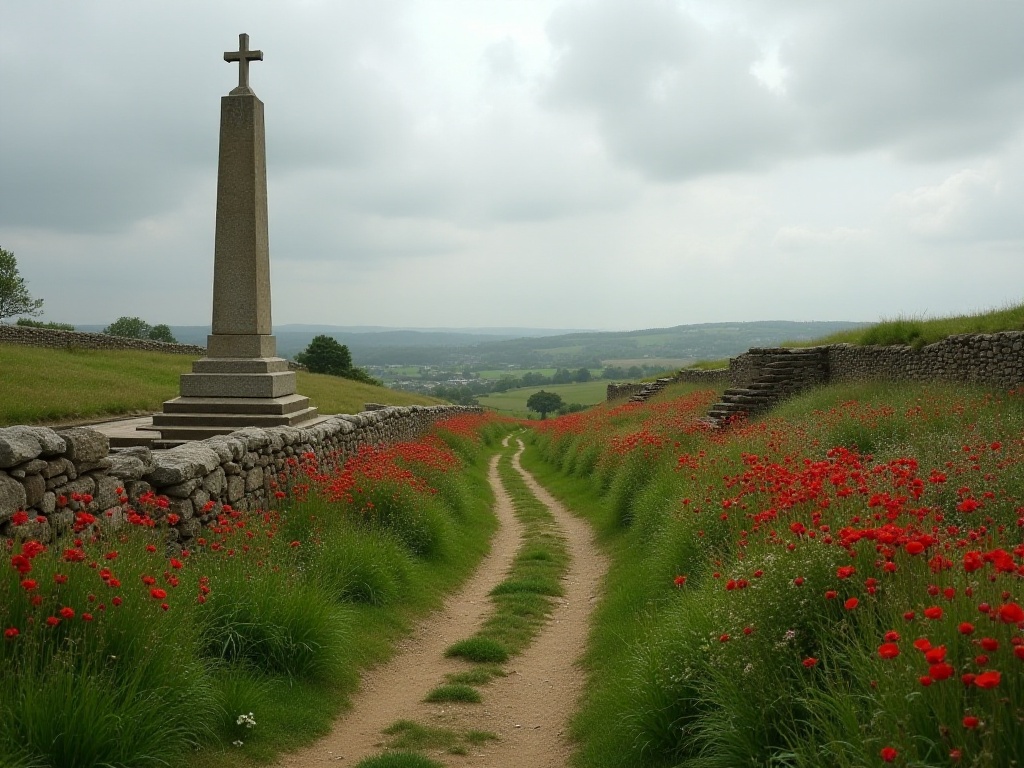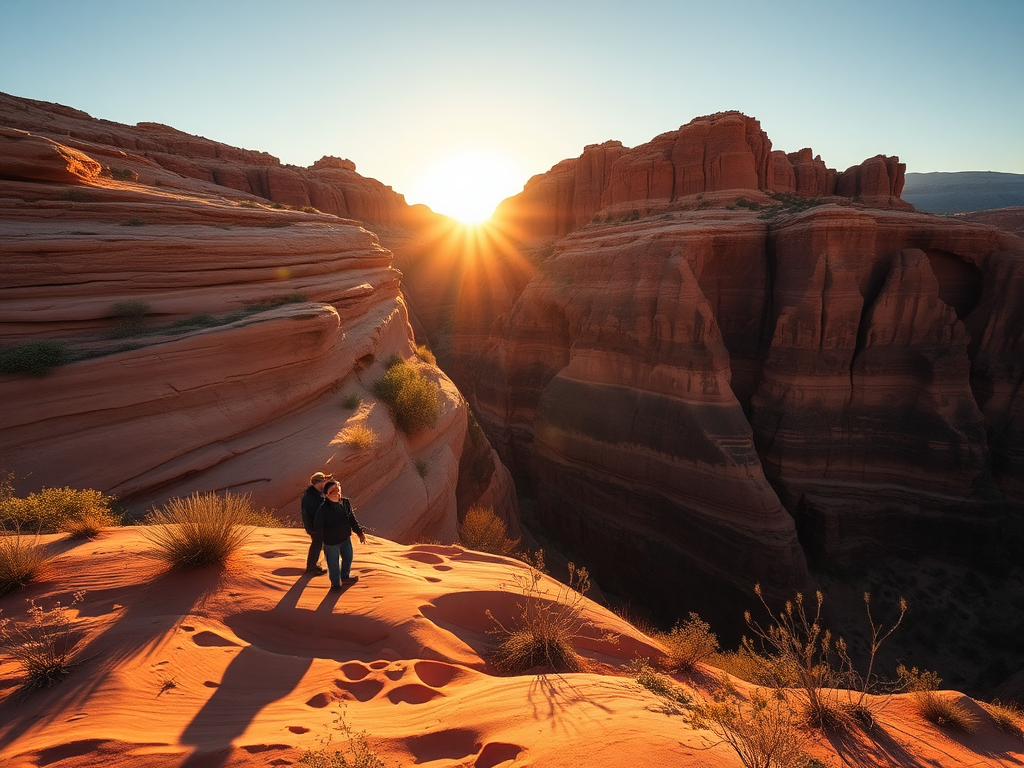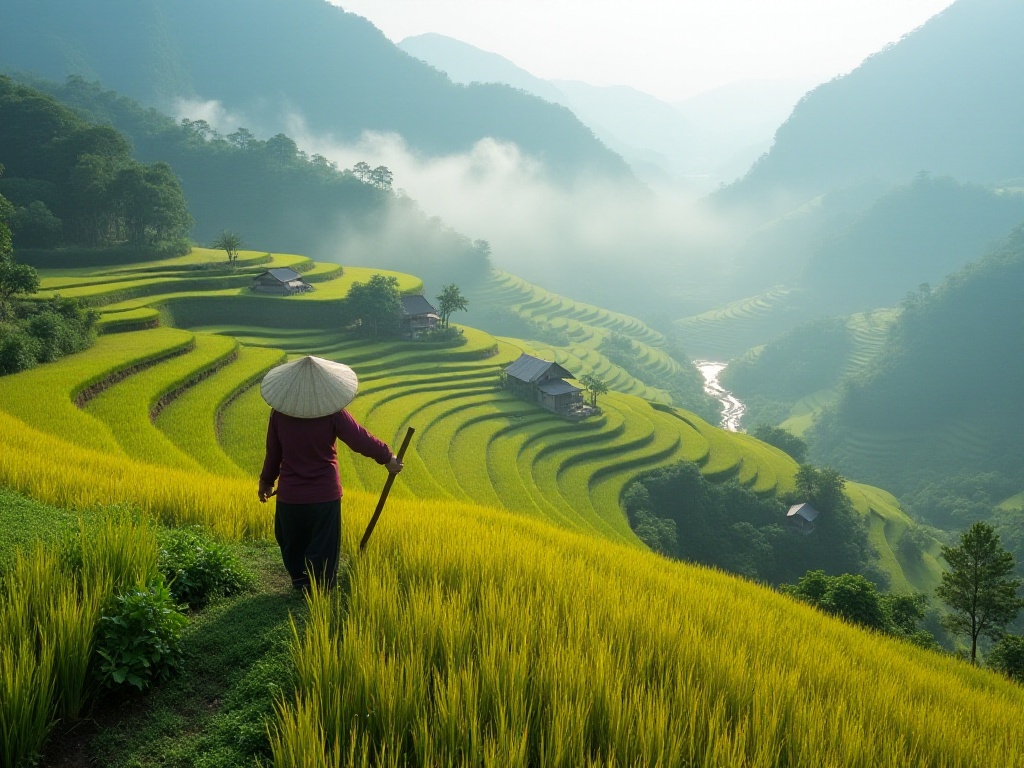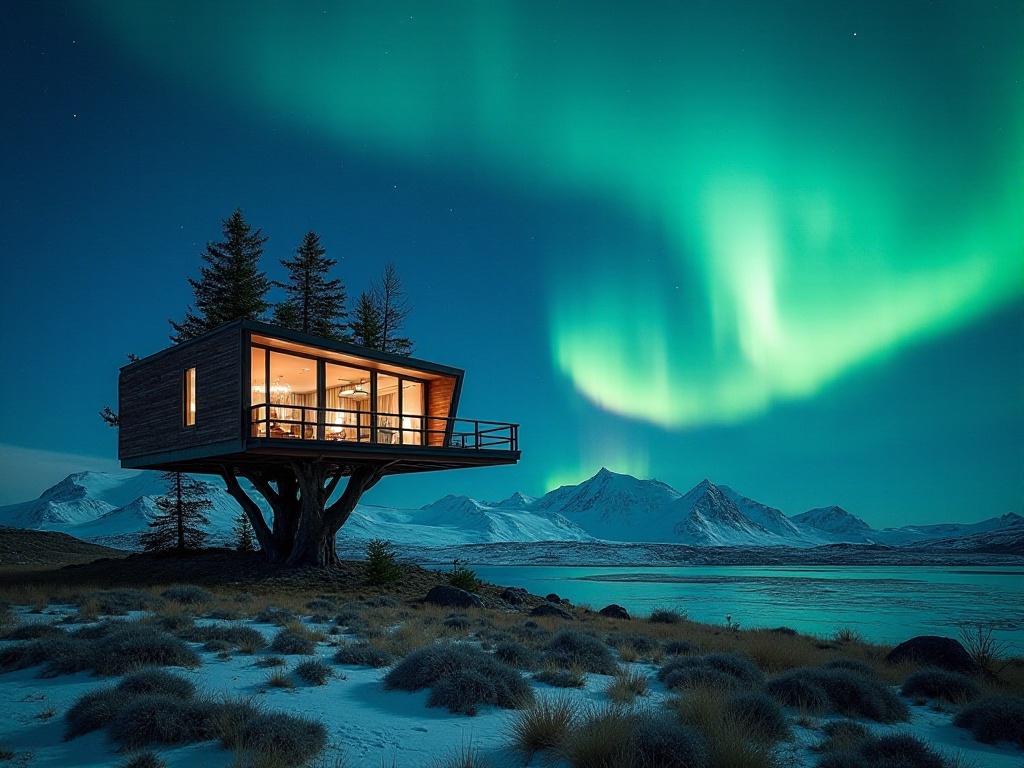Setting Out
In early spring 2024, after long deliberation, I finally gathered the courage to submit a one-month leave request. Under my supervisor's somewhat surprised gaze, I calmly shared my plan to trek in Nepal. As someone who spent each day working on the 35th floor of an office building, I desperately needed an opportunity to temporarily escape this world governed by KPIs, OKRs, and endless deadlines.
I remember that Thursday afternoon, right after a three-hour meeting, when I couldn't focus on work anymore. I opened my browser and, almost by divine intervention, searched "how to escape urban life." When the majestic snow-capped peaks of the Himalayas appeared on my screen, my heart suddenly trembled. At that moment, I glimpsed hope and the inner peace I had long yearned for.
Among the many trekking routes, I ultimately chose the Everest Base Camp trek (EBC). This 130-kilometer trail, with an average altitude above 3000 meters, is known as the "trekker's paradise." Although this route presents significant challenges to both physical fitness and willpower, I felt that precisely such challenges could help me truly break free from the constraints of daily life.
Preparation
The preparation required for conquering EBC far exceeded my expectations. I spent a full three months preparing for this journey, experiencing many amusing incidents along the way.
First came physical training. As an office worker with almost zero regular exercise, I had to start with basic fitness training. I remember my first hike at Xiangshan, carrying a 15kg backpack - I was already breathless and drenched in sweat before reaching the halfway point. Elderly hikers passed by effortlessly, making me feel quite inadequate. But I didn't give up. Every weekend, I would unfailingly hike Xiangshan, progressing from struggling to being able to walk comfortably for six to seven hours, deeply experiencing the power of persistence.
Besides weekend outdoor training, I would do cardio at the gym near my office on weekdays. Honestly, I was initially reluctant about the gym, feeling it was filled with vanity and competition. But to adapt to high-altitude conditions, I gritted my teeth and persisted. After work each day, I would jog on the treadmill for 45 minutes, followed by 30 minutes on the elliptical. Gradually, I noticed significant improvements in my fitness, and even my mental state during work improved considerably.
Equipment preparation was also a major undertaking. I spent two full weekends comparing products at various outdoor stores. Finally, I chose a -15°C sleeping bag, probably the most expensive "bed" I've ever slept in. Professional trekking poles, waterproof hiking boots, fleece jacket, hardshell jacket, moisture-wicking underwear, hiking socks... each piece of equipment made my wallet hurt, but knowing they were for my safety and comfort, I accepted it.
Most important were the altitude sickness medications. Rhodiola and acetazolamide, two names I'd never heard before, I can now fluently explain their effects and usage. I started taking Rhodiola a month in advance, hoping to pre-adapt to the high-altitude environment. Additionally, I prepared some common medications like painkillers, cold medicine, and digestive medicine, preparing for various possible situations.
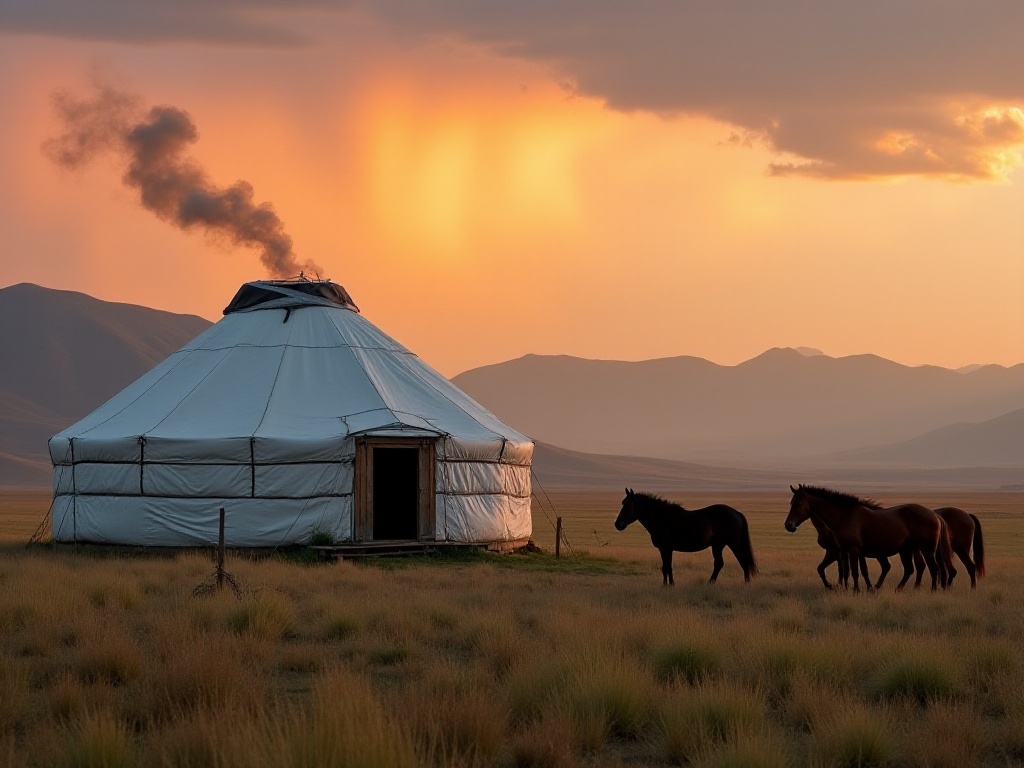
Stories from the Trail
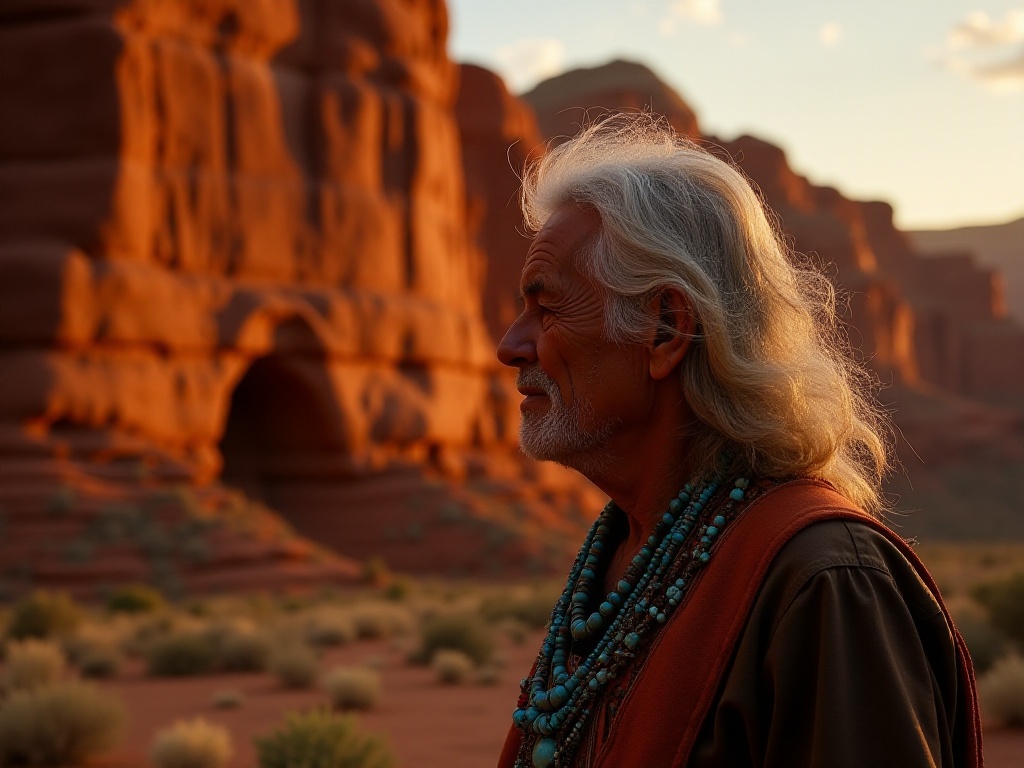
First Encounter with the Himalayas
That morning, flying from Kathmandu to Lukla, I sat by the window of the small aircraft, feeling nervous yet excited. This plane, which could only accommodate about a dozen people, navigated through cloud layers, occasionally encountering turbulence that made one's heart jump. But when the plane broke through the clouds and the Himalayan range suddenly appeared before us, all discomfort vanished.
It was a sight beyond words. The majestic snow-capped mountains stretched endlessly, gleaming with sacred light in the morning sun. Amid swirling clouds, the peaks appeared and disappeared, like the dwelling place of gods. I had seen countless photos and videos of the Himalayas, but the impact of seeing them in person was something no image could convey.
The landing at Lukla Airport was unforgettable. This place, considered one of the world's most dangerous airports, has a runway just 527 meters long, with a cliff at one end and a mountain wall at the other. During landing, the plane nearly scraped the mountain wall before making an emergency stop on the short runway. When the plane finally came to a stop, the cabin erupted in applause, everyone relieved after the heart-pounding landing.
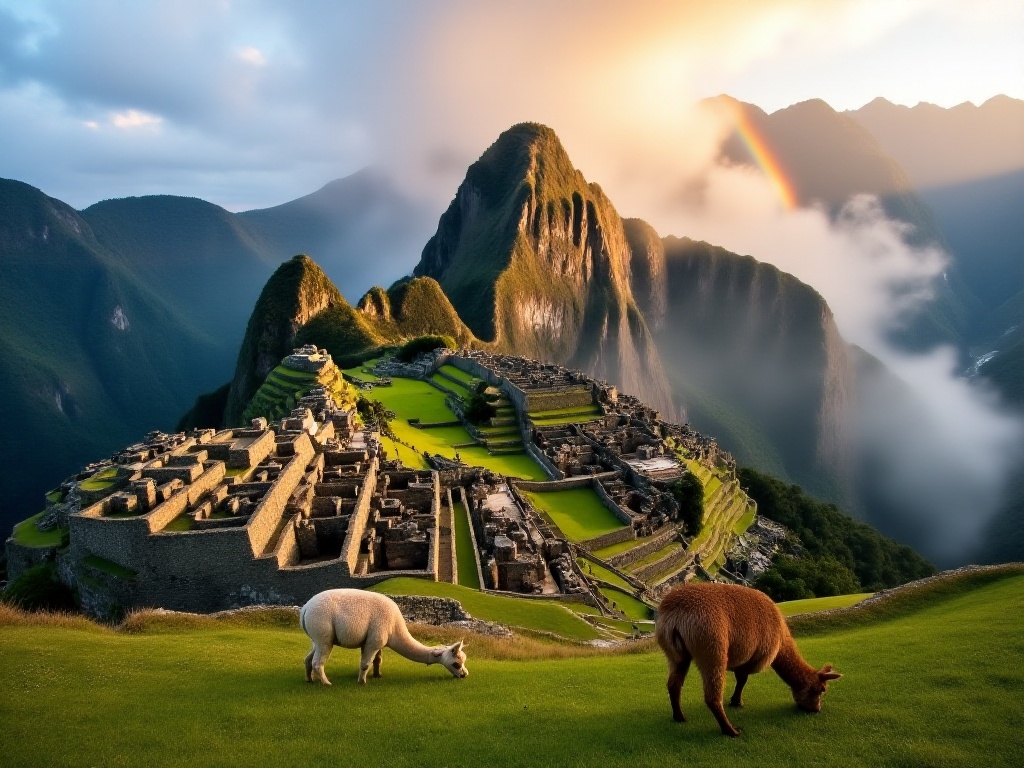
High-Altitude Experience
The journey from Lukla (2860m) to Namche (3440m) marked the beginning of the trek. Though the altitude change wasn't dramatic, it was still challenging for someone just arriving at high altitude. Each step made me aware of the thin air, breathing became difficult. But it was in this environment that I met many memorable fellow travelers.
There was an elderly German couple, the husband a retired university professor, already 72 years old. Yet their steps were steady and strong, their faces always wearing gentle smiles. The professor told me this was their third EBC challenge, each time bringing new insights. Their story taught me that age is never a barrier to pursuing dreams.
Then there was a newly graduated American couple who chose trekking for their honeymoon. The girl said that compared to luxury resort hotels, she preferred facing such challenges with her loved one, believing that overcoming difficulties together creates the most precious memories.
At night, at 3440m in Namche, we all stayed at a place called "Everest Lodge." Though conditions were basic, it had a unique warmth. Around the lodge's stove, trekkers from around the world gathered, sharing stories in not-so-fluent English. Some shared trekking experiences, others told stories from home, some showed photos taken along the way. Language and cultural differences seemed unimportant here; we were united by our common pursuit.
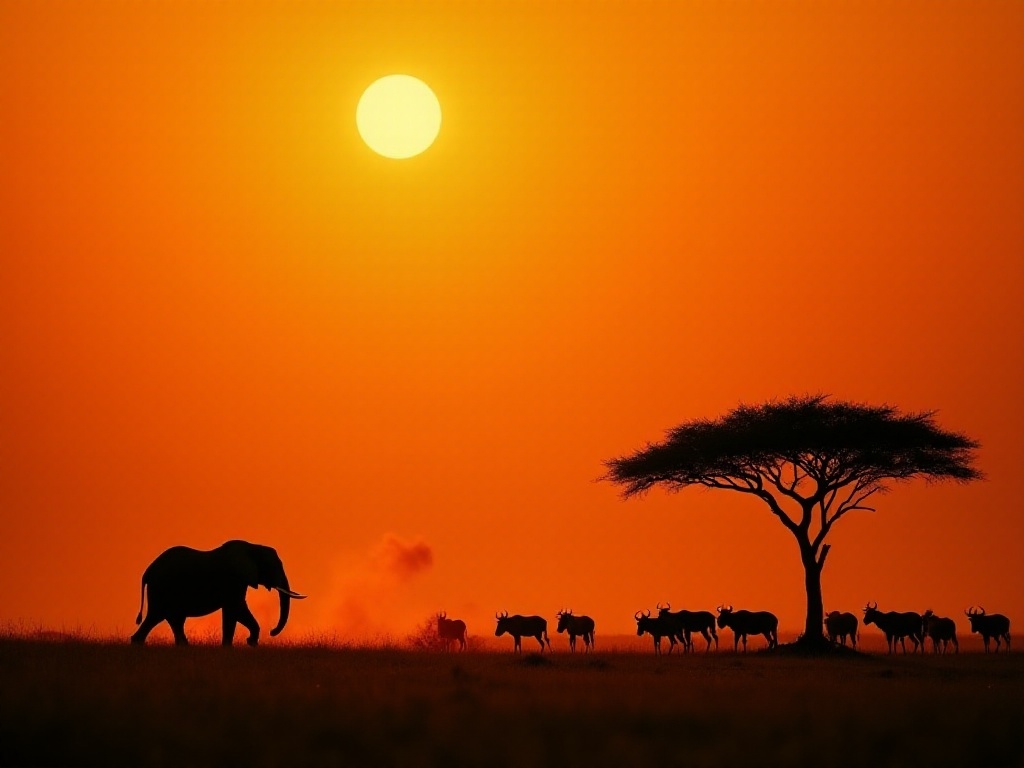
Challenges and Perseverance
When the altitude reached around 4000 meters, altitude sickness began seriously troubling me. Despite thorough preparation, the actual experience of altitude sickness exceeded my expectations. Severe headaches made walking difficult, constant nausea plagued me, and nights became sleepless.
I remember one night in Dingboche, lying on the basic bed, feeling particularly breathless. The howling wind outside increased my anxiety. Just when I was about to give up, my Nepali guide Pemba came to my room.
Pemba was an experienced guide, his eyes always twinkling with wisdom. He poured me a cup of hot ginger tea and said in his not-so-fluent English, "Walk slowly, no hurry, mountain always waiting for you." These simple words suddenly made everything clear. Indeed, why was I rushing? The mountains had been there since ancient times, they wouldn't get closer or farther because of my anxiety.
From that day on, I changed my trekking rhythm. Instead of pursuing speed, I focused on each step, each breath. I began noticing wildflowers along the path, listening to mountain winds, feeling the sun's warmth. Gradually, the altitude sickness symptoms lessened, and I found my way to reconcile with the high altitude.

Reaching the Destination
After 8 days of trekking, when I finally stood at Everest Base Camp at 5364 meters, I felt surprisingly peaceful. Here, Mount Everest was right before us, the majesty of the world's highest peak taking one's breath away. But what amazed me more was seeing so many people pursuing their dreams in such harsh conditions at this altitude.
Statistics show that about 30,000 trekkers attempt EBC annually, but only about 75% succeed. This number made me treasure this hard-won success even more. Standing at base camp, looking back at the path taken, those difficult moments, beautiful encounters, and unforgettable landscapes had all become life's most precious treasures.
At base camp, I met a professional climbing team preparing to summit Everest. Watching their professional equipment and serious preparation work, I gained a deeper understanding of "respecting nature." In comparison, our trek seemed simple, but everyone's pursuit deserves respect.
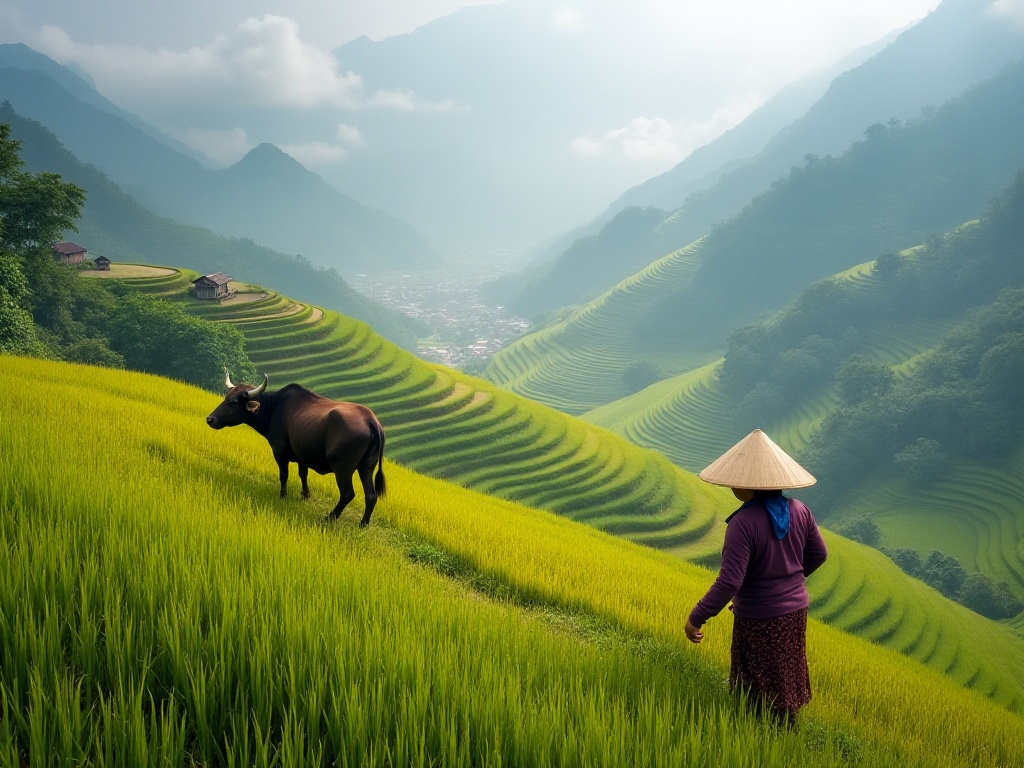
Insights Gained
The biggest revelation from this Himalayan journey was: life is like trekking, it's not about speed but perseverance. In office buildings, we're always chasing deadlines, living at a pace that leaves us breathless. But among the Himalayan mountains, I learned to slow down and listen to my inner voice.
At high altitudes, every step must be steady and sure. Going too fast leaves you breathless, too slow risks missing scheduled progress - finding your own rhythm is most important. Isn't this just like life? Some choose to move quickly, others prefer to take it slow, there's no right or wrong, only what suits you.
Back in the city, I began rethinking life's pace. Previously, I always pursued so-called "efficiency," trying to pack every minute full. But now, I've learned to enjoy each present moment. Focus on work while working, rest properly while resting, no longer anxious about "lack of efficiency."
In the Himalayas, there was no phone signal, no internet, no social media distractions. Yet in this "isolated" environment, I felt unprecedented freedom. Perhaps this was the Himalayas' most precious gift: helping me rediscover myself and find inner peace.
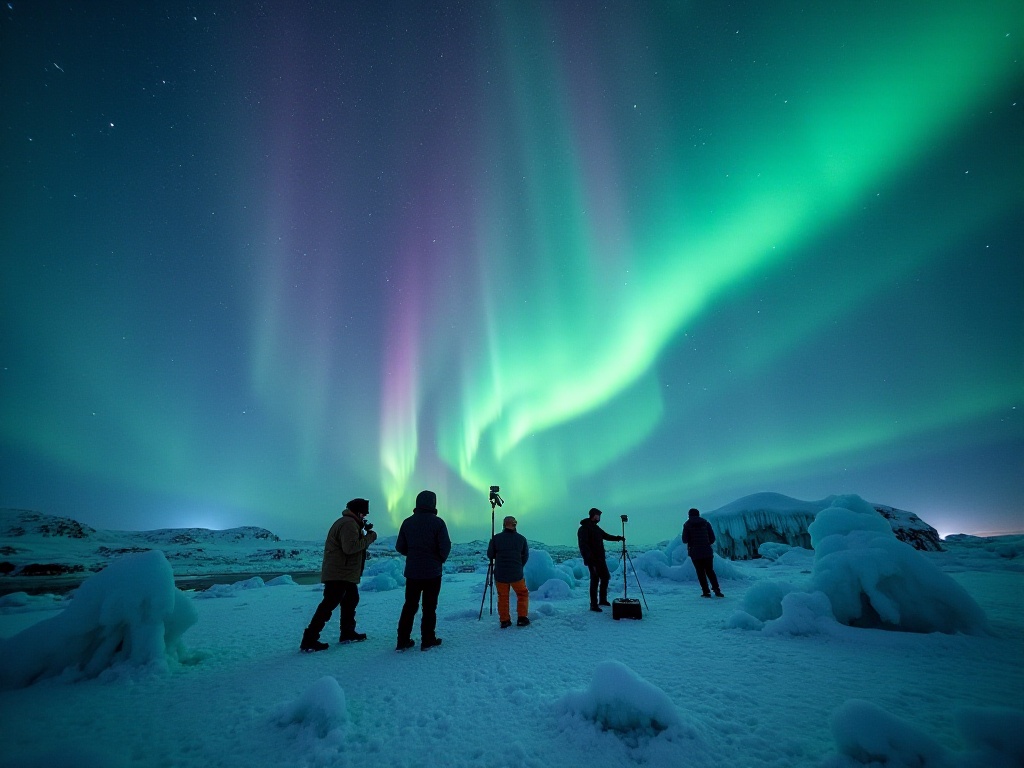
Practical Advice
If you want to challenge EBC, I recommend starting in March-May or September-November. These periods have the best weather for trekking, neither too cold nor rainy. I started in early April, perfectly timing the rhododendron blooming season, with mountainsides covered in pink flowers, breathtakingly beautiful.
Regarding budget, plan thoroughly in advance. Round-trip flights cost about 5000 yuan, including international flights from China to Kathmandu and small aircraft from Kathmandu to Lukla. The trekking permit costs about 350 yuan, a mandatory document without which you cannot enter the trekking area.
Guide and porter fees are about 4000 yuan. Though some choose to carry their own bags, I strongly recommend hiring local guides. They not only know the routes but more importantly can provide timely help with altitude sickness. My guide Pemba helped me tremendously, from choosing accommodation to adjusting the itinerary, offering very professional advice.
Accommodation and food costs about 2000 yuan. Lodging conditions along the way are simple but clean. Prices increase with altitude - a bowl of noodles rising from 20 to 80 yuan is normal. Bring plenty of snacks to supplement energy and save on meal costs.
Overall, the total budget is around 15000 yuan. Though seemingly substantial, it's nothing compared to what this journey brings. Of course, besides these basic expenses, prepare some emergency funds for unexpected situations.
Finally, and most importantly, remember to progress gradually at high altitudes. Don't increase altitude by more than 500 meters daily - this isn't just advice but a rule to strictly follow. Drink plenty of water to maintain hydration and help with altitude sickness. Walk slowly, don't compare speed with others, finding your own rhythm is most important.
My guide taught me a trick: walk like a drunk person, swaying side to side - this actually reduces fatigue. Initially, I found this advice ridiculous, but practicing it proved effective. This walking style distributes body weight, preventing concentration at one point, making walking easier.
These tips seem simple, but remember them on the trail. At high altitudes, even small oversights can have serious consequences. Safety always comes first - only by ensuring safety can you truly enjoy this wonderful journey.




